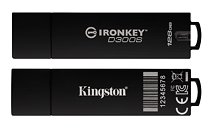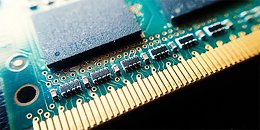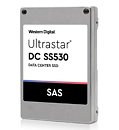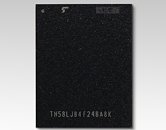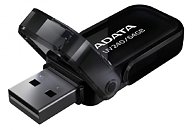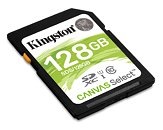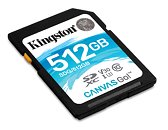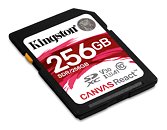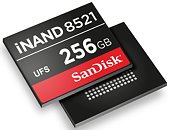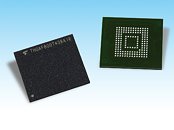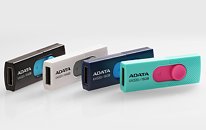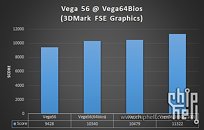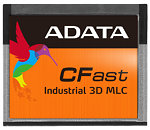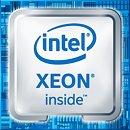
Kingston Enhances Award-Winning IronKey D300 Encrypted USB
Kingston Digital, Inc., the Flash memory affiliate of Kingston Technology Company, Inc., a world leader in memory products and technology solutions, has added new features to its recent Cyber Defense 2018 Global Awards winning IronKey D300 encrypted USB Flash drive to improve device management and security. IronKey D300 is FIPS 140-2 Level 3 certified and uses 256-bit AES hardware-based encryption in XTS mode. Shipping next week, a new Serialized version (D300S) with two new features will further enhance the drive's already advanced level of security to safeguard sensitive data.
IronKey D300S will have a unique serial number and bar code on the drive itself, allowing network administrators to simply read or scan the code instead of plugging in the drive. When a drive is deployed, returned or during any physical auditing or asset management of hardware, this feature will make the process more efficient and streamlined. The second feature, a virtual keyboard, enables users to enter a password with clicks of the mouse instead of using a physical keyboard, thereby providing a greater level of protection against any possible keylogging when using D300S on other computers.
IronKey D300S will have a unique serial number and bar code on the drive itself, allowing network administrators to simply read or scan the code instead of plugging in the drive. When a drive is deployed, returned or during any physical auditing or asset management of hardware, this feature will make the process more efficient and streamlined. The second feature, a virtual keyboard, enables users to enter a password with clicks of the mouse instead of using a physical keyboard, thereby providing a greater level of protection against any possible keylogging when using D300S on other computers.
